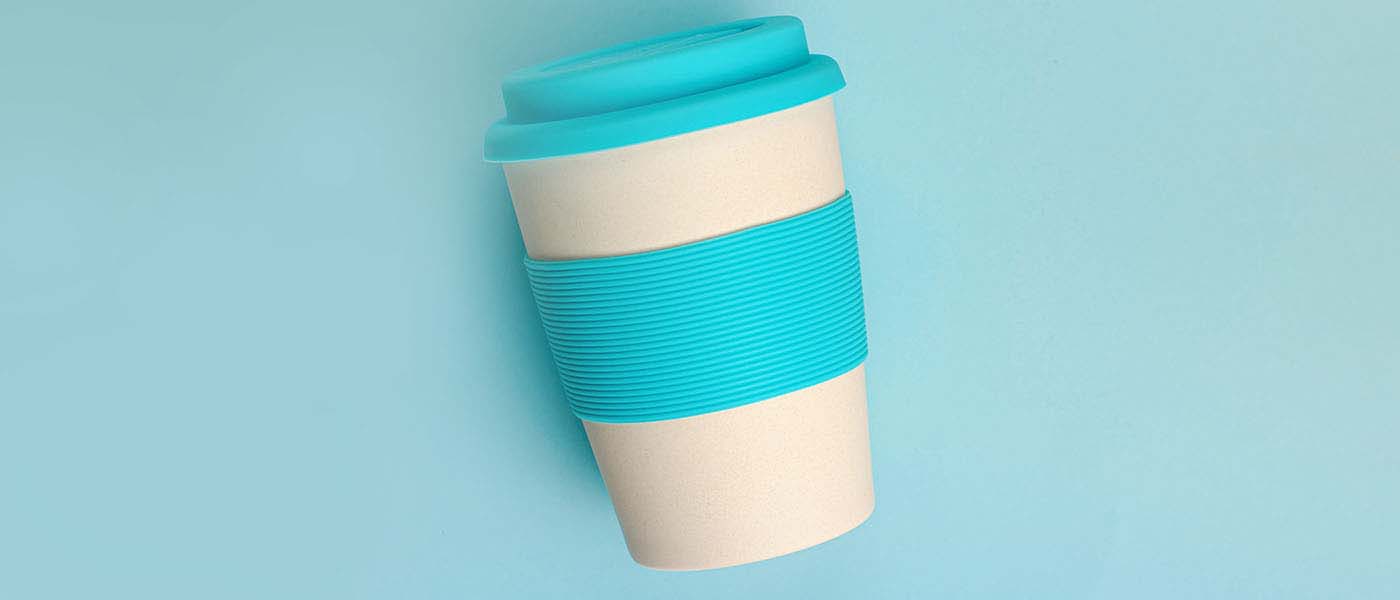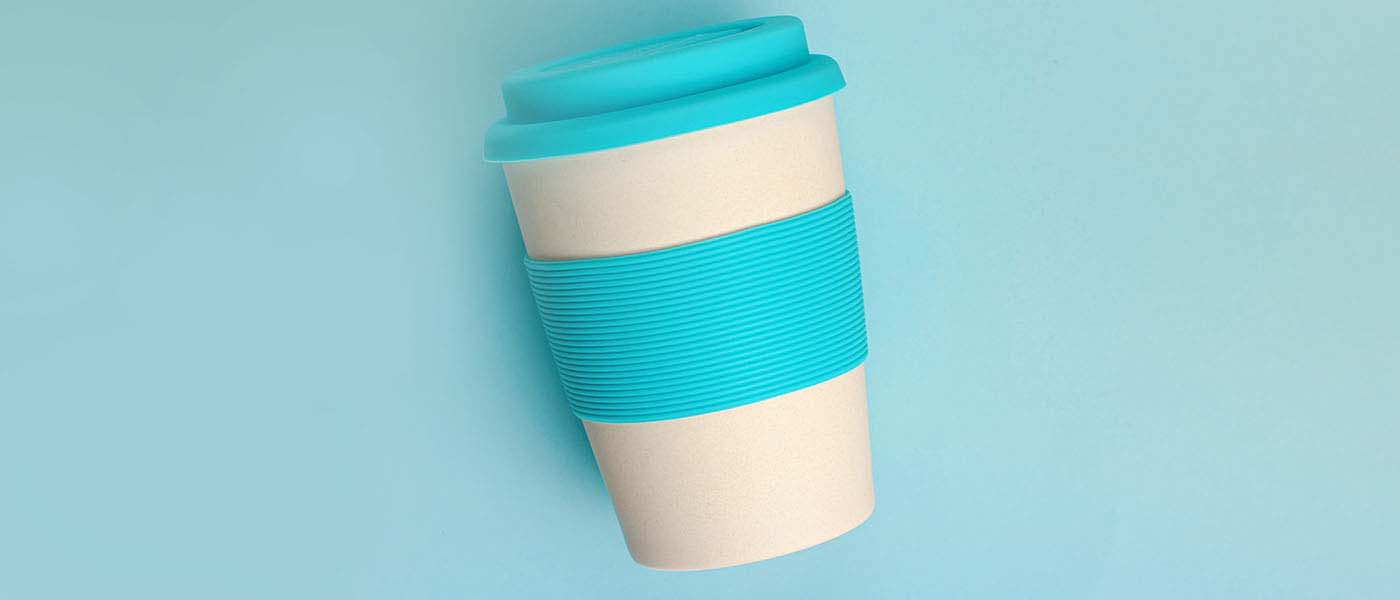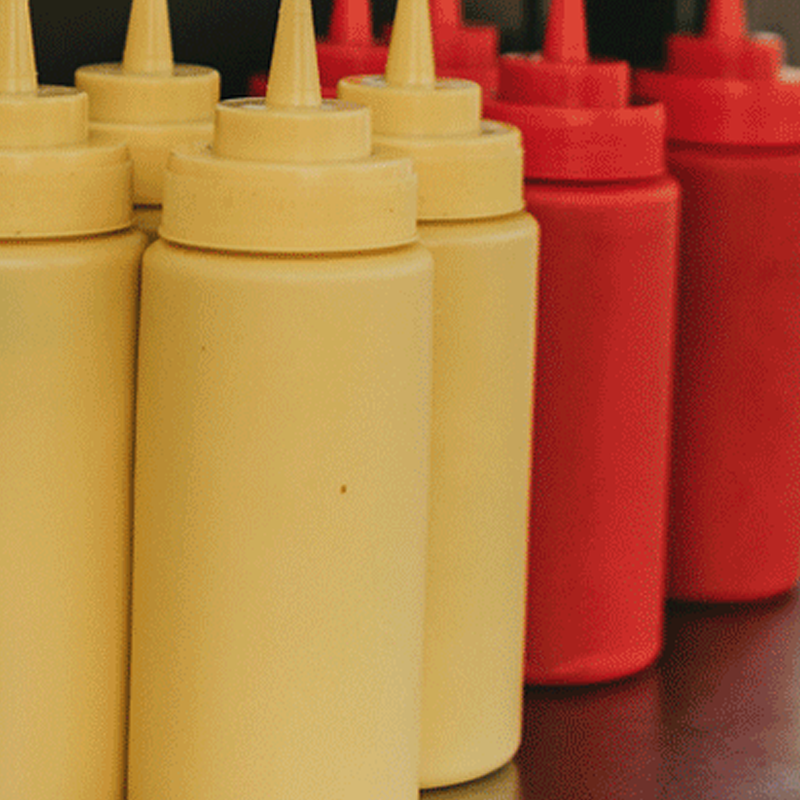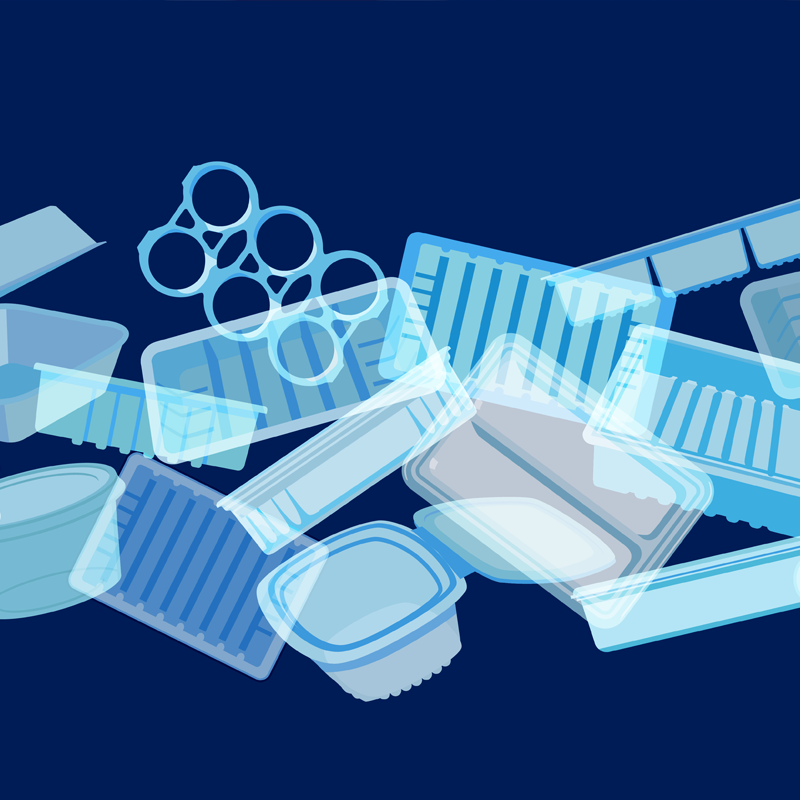
The environmental benefits of reusable plastic over single-use products
In October 2022, Zero Waste Scotland launched a campaign to highlight the benefits of long-lasting reusable plastics over short lasting single-use ones.
The campaigning coincided with our partnership with the V&A Dundee on their Plastics Remaking Our World exhibition in 2022.
Like all our work, the campaign was informed by environmental evidence and analysis which is shared on this page. This page links to the evidence compiled from studies done using the principles of life cycle analysis for typical reusable plastic products compared to single-use plastic ones.
The studies gathered as part of the evidence review refer to a breakeven point, which is the number of times a reusable item needs to be reused to be equal to the impact of a single-use item.
Coffee cups
There have been lots of studies done on the environmental impacts of single-use cups versus reusable cups. The majority of the studies consider single-use plastic coated paper cups. Here follows a summary of the studies considered and their main findings:
- Three different studies [1, 2, 3] compare single-use plastic lined paper cups to a reusable plastic alternative, normally polypropylene.
- A single-use plastic cup has an impact ranging from 10g CO2e to 30g CO2e, this large range is due to differences in waste management and material selection.
- Due to the variance in carbon impacts between different single-use plastic lined paper cups, there is a variation in the breakeven point: ranging from 10-41 uses for a reusable plastic cup.
- This means that after 10 to 41 uses, a reusable plastic coffee cup has a lower equivalent carbon impact than using the same number of single-use cups and disposing of them.
- Over the lifetime of a reusable cup 10.3kg of CO2e could be saved compared to using single-use cups instead (assuming 500 uses / cups of coffee). [6]
- If reusable cups replaced single-use cups, carbon emissions could fall by 69%. In UK terms, a switch from disposable cups to reusable cups could save 52,000 t CO2e each year.[6]
- In Scotland, we could save 4100 t CO2e per year (based on consumption of 200 million SU cups).
- A reusable glass cup shows similar benefits, with a very similar breakeven point to a reusable plastic polypropylene cup [7].
In the study below, the carbon impact of 500 single-use cups was compared to one reusable plastic cup which shows that by choosing to reuse we can significantly reduce our carbon footprint and reduce waste.

Plastic bags
The main source for this is a report from the UK Environment Agency from 2011, based on data from 2006 [4].
- One single-use bag made from high-density polyethylene has an impact of 19g CO2e (assuming 40% are reused as bin-liners), and 25g CO2e if not reused.
- One reusable bag made from low-density polyethylene (typical bag-for-life) has an impact of 84g CO2e.
- Breakeven point: 4 uses (5 assuming some single-use bags are reused as bin bags).
- Assuming a lifetime of 10 uses for a reusable bag: CO2e impacts are between 56% to 67% lower compared to using 10 single-use bags. (Variation is based on whether single-use bags are reused as bin liners or not).
Food container
One study compared expanded polystyrene (EPS), reusable polypropylene (PP) (typical transparent takeaway/delivery container), and a reusable long-life container [5]. However, given that expanded polystyrene containers (EPS) are now banned in Scotland, it is more beneficial to use the breakeven point of a long-life type reusable container versus a reusable polypropylene takeaway container.
- One single-use EPS container: 51g CO2e
- One reusable PP container: 151g CO2e
- Breakeven point (EPS vs reusable PP): 4 uses
- Breakeven point (EPS vs long-life): 18 uses
- Breakeven point (reusable PP vs long-life PP): 5 uses
- Breakeven point (reusable PP vs Aluminium): 3 uses
- Breakeven point (long-life PP vs Aluminium): 11 uses
The above comparisons mean that you only need to use a reusable long-life container five times to have a lower carbon impact than five single-use takeaway containers.
The below graph examines the carbon impact of various types of takeaway containers and assumes:
- Lifetime of typical PP reusable container (the clear plastic ones used by takeaways for hot food): 4 uses
- Lifetime of longlife PP container: 40 uses
Taking into account assumptions above, this graph shows that a long-life reusable container has around half the carbon impact of a typical takeaway plastic container when used 40 times. It also shows that plastic takeaway containers, if reused, perform better than the single-use aluminium containers that used to be more commonplace with takeaway food.

Menstrual products
Zero Waste Scotland conducted its own life cycle analysis on single-use period products versus reusables in 2019 showing that the annual carbon savings of reusable products made them more environmentally friendly than opting for single-use.
[1] ‘How small daily choices play a huge role in climate change: The disposable paper cup environ- mental bane’, JOURNAL OF CLEANER PRODUCTION, 255. doi: 10.1016/j.jclepro.2020.120294.
[2] Taking a closer look at paper cups for coffee. Available at: https://www.huhtamaki.com/globalassets/global/highlights/responsibility/... cups-for-coffee.pdf
[3] Almeida, J., Pellec, M. L. and Bengtsson, J. (2018) Reusable coffee cups life cycle assessment and benchmark. doi: 10.13140/RG.2.2.35083.13607.
[4] https://assets.publishing.service.gov.uk/government/uploads/system/uploa...
[5] Gallego-Schmid et al., 2019. Environmental impacts of takeaway food containers. Journal of Cleaner Production. 10.1016/j.jclepro.2018.11.220
[6] ‘How small daily choices play a huge role in climate change: The disposable paper cup environ- mental bane’, JOURNAL OF CLEANER PRODUCTION, 255. doi: 10.1016/j.jclepro.2020.120294.
[7] Almeida, J., Pellec, M. L. and Bengtsson, J. (2018) Reusa-ble coffee cups life cycle assessment and benchmark. doi: 10.13140/RG.2.2.35083.13607.



